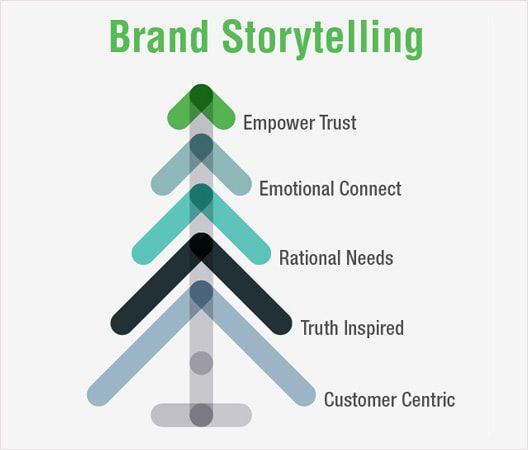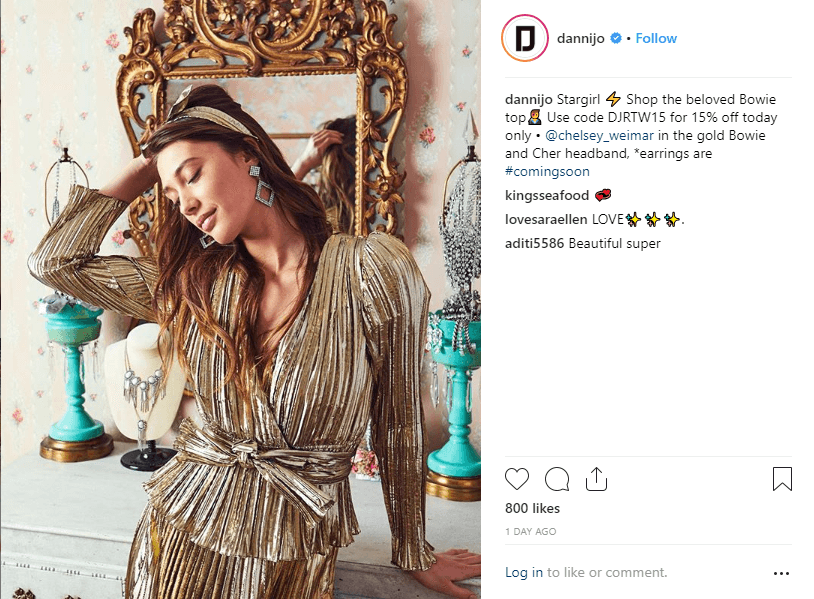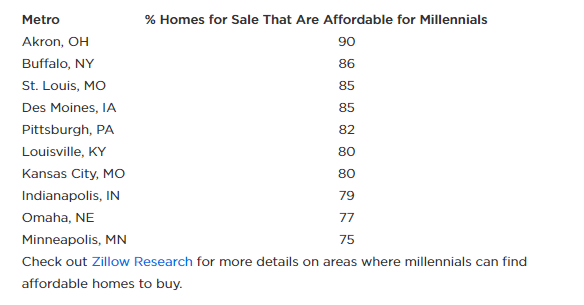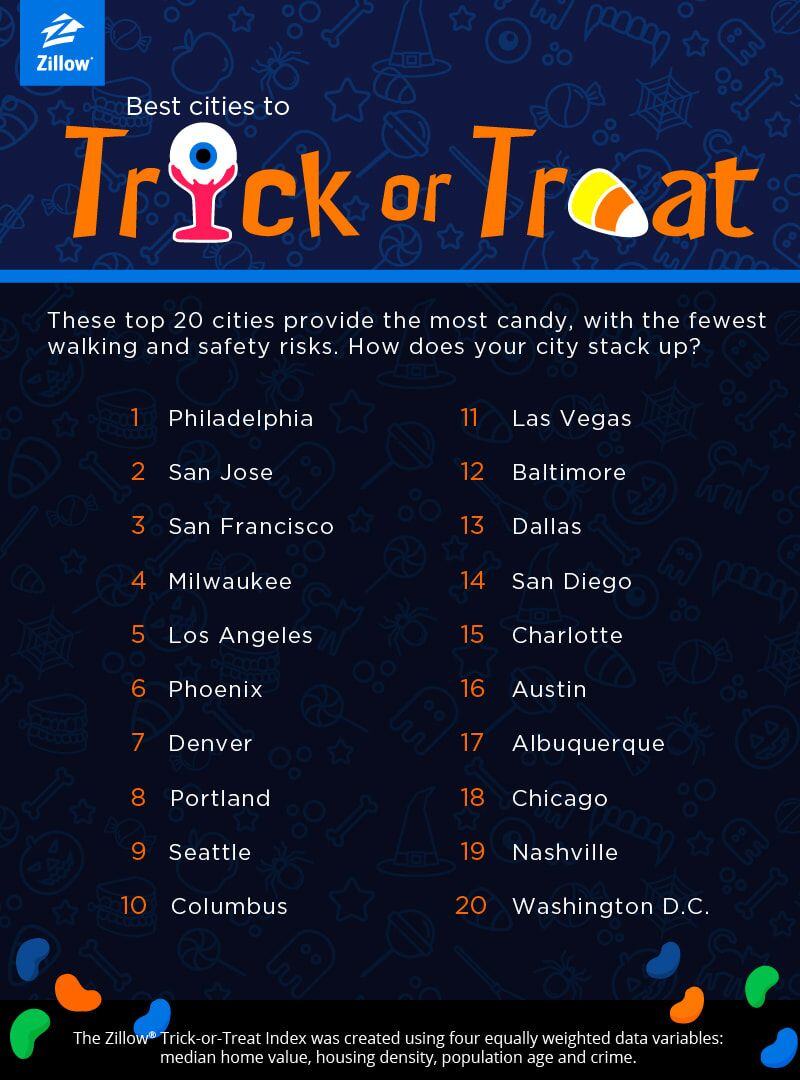
What is a brand? When we are introduced to someone in real life, we seek to learn more about them. We ask questions that give us a brief overview of their life and the type of person that they are. We listen to their stories, ideas, and opinions. It’s a part of getting to know someone and, in our personal lives and in business, becomes a part of their personal brand as we perceive it.
Brands go through the same steps when customers evaluate and get to know them. A prospect might find your website and become intrigued. Maybe your messaging really hit home with them. They check out your product, verify that it covers their most pressing needs, and then they begin the process of getting to know your brand- just like they would a person. The goal is to get to know the brand, it’s promise, value, and benefits on a deeper level.
We try to unearth the story of a brand. We prefer to shop with brands that share our values, beliefs, and concerns. We check out what people are saying on social media about those brands, their products and maybe even their employees. We read reviews that other customers have left about a product or service. We read the brand’s blog posts and learn about their founders and executives. When you’re looking for a B2B partner, it pays to really do your homework before committing to an expensive solution and individuals as well as businesses want to make sure they’re in good company and don’t end up with questionable acquaintances.
The secret weapon for building a brand that your customers relate to is brand storytelling. By sharing stories and anecdotes about your business, industry, product, and employees, you give your customers a window into your operations, your inner workings and what makes you unique. By giving them a peek behind the ‘green curtain’, customers and prospects get to know your business more intimately and get to understand the “why” behind what you do.
Your brand isn’t just what you tell people. It’s what everyone believes about your brand based on the signals that you send, both negative and positive. Brand storytelling is our tool for taking ahold of these narratives and helping our customers see through the noise to see the qualities that make us love a company. We are all hard-wired to love stories.
What is Brand Storytelling?
Brand storytelling is any piece of content that shares a story about your brand, in the broadest sense. Any story that you tell that relates to your brand in some way is brand storytelling. It gives your customers and followers insights into your company and creates more opportunities for them to connect with your brand on a personal level.
Brand storytelling comes in many different forms. It could be a video case study that details how you helped a prominent client. When you describe your interactions with that client, you are telling a story about your brand. Sharing a story about the early days of your company, doing an interview with one of your employees, or giving your followers a video walk-through of your office — all examples of powerful brand storytelling.
Too many people try to put brand storytelling in a box, where you are expected to tell stories about actual events, without examining how they can creatively make those stories more impactful by packaging them in different ways. In the examples at the end of this post, you’ll see some high-level examples of brand storytelling that are a bit more creative.
Brand storytelling is channel neutral. You can tell your stories through a blog post, social media updates, video, podcast, or live speech - or even a comic strip. The medium you use to tell your story is less important than the story itself. Ensuring that you tell stories your core customers will connect with is important for building brand awareness and loyalty. Effective brand storytelling can turn happy customers into true advocates and promoters.

How to Make Your Audience Love Your Brand StoriesWhile there is no formula that you can use to create your brand stories. That said, reading up on proper narrative structures in your chosen medium helps you improve the effectiveness of your stories. In particular, I’m a huge fan of The Hero’s Journey. And once you start recognizing the various stages, it becomes addictive to discover them. Especially in Movies. In the meantime, here are a few tips you can follow to ensure that your content connects with your audience and hits all of the beats of a good story.
You may also like: Cost of Social Media Management
Say Something Unique
Think about the movies you love. A big part of the reason why you love them is because they do something that you like that helps them stand out from the competition. Maybe it’s an unexpected plot twist, a quirk that they give the character, or the way the relationships play out throughout the story. While most movies follow similar narrative formulas, no one wants to watch a movie that is a complete copy of another popular movie. The same is true for the content and stories that brands share.
Make sure your brand story has something unique to say in each campaign. If you are talking personally about something that happened to you, your company, or your employees, filling in the details should be enough to make your story unique. Nobody else can tell these stories, and you should lean on those personal anecdotes as a resource to make your content personally unique to you.
Design Stories for Your Audience
It may seem like common sense, but a quick look at the types of stories many brands tell might leave you asking — who is this for? If you aren’t designing stories for a specific customer persona you are missing the mark. Don’t tell stories for your own benefit, or for the benefit of your employees. Make sure that you are telling stories your audience actually wants to hear because the story conveys some insight or guidance. Or maybe it’s just entertainment value. Either way - know your audience.
Mostly this means that your audience should be able to relate to your stories. Maybe your story centers around a particular business problem your key customers can relate to. Maybe it touches on a personal story on the sacrifices that you make as a dedicated professional. Your story can take any shape. But take a moment to consider what your audience and you have in common and try to touch on those points throughout your story.
Show, Don’t Tell
This is perhaps the most common advice given in creative writing classes across the world. In some ways, it’s over-recommended. Sometimes we do want to tell. Still, as it applies to brand storytelling, far too many creators get caught up in telling when they should be doing more showing.
If you were telling a story about how your brand helped a client, you wouldn’t end the story simply saying that your recommendations “performed well.” Instead, you’d want to provide data and statistics that back up your assertions. How did specific changes result in measurable outcomes for your client? Don’t just talk about your work. Show the results of the work you did in an illustrative and practical way whenever possible.
Consistency in Storytelling
Stories themselves should be self-contained and tell a complete story for your audience. But that doesn’t mean that each individual story shouldn’t be building toward a larger narrative. Before creating your first brand storytelling campaigns, you should outline some of the main points that you would like your stories to make when taken together.
For instance, if you are running a company that offered several lines of all-natural and green skincare products and you really wanted to push the green angle — some brand themes that you might want to push in your stories might include:
- Responsibility
- Transparency
- Mindfulness
- Low environmental impact
- Sustainability
These could be the overarching themes you could leverage to represent your brand. Then, you convey these themes with the actual stories you tell. For instance, responsibility and transparency would be well-conveyed in a story about how your founder traveled to the locations where your ingredients are sourced to ensure they meet your very stringent standards.
Character-Driven & Personal
You wouldn’t want to read a story that was a bulleted list of the events that took place. That’s not even a story. That’s just a laundry list. Effective stories are character-driven. They draw on our emotions and help us relate to those characters. Brand stories should contain the same ingredients any great story does — a protagonist that overcomes challenges on their way to success (or failure), an antagonist (business problem), and secondary characters. Make sure that when you tell brand stories you are telling them in full.
Tell your stories from the perspective of a single person to improve their impact. Speaking from the first-person can help make stories seem more personal. First-person stories are generally easier to write, making them a good introduction to brand storytelling for first-time storytellers.
2 Real-World Examples of Effective Brand Storytelling
In this section, I want to share some high-level examples of brand storytelling. One of the aspects you will notice throughout these examples is that effective brand storytellers don’t just view the stories they tell as individual articles. Instead, they are chapters in a book - part of a larger strategy that helps dictate the way consumers perceive their brand. Ultimately, brand storytelling helps define their target market and position their brand within that market. Dannijo Uses Personal Storytelling to Drive Their Lifestyle BrandLifestyle brands are, more than most, in a position to benefit from brand storytelling. Customers want to see themselves living a specific idealistic life when they use products from lifestyle brands. Telling stories of the way that other customers have integrated their products into their lives can help to show customers what their life could be like with those same products.
This fact isn’t lost on Dannijo, a brand founded by sisters Danielle and Jodie Snyder in 2008. From the very beginning, they embraced storytelling as part of their broader marketing strategy. In an interview with Fast Company , Danielle Snyder explained their focus on “creating narratives that are so compelling to consumers, they want to build your products into their lives.” That’s a perfect representation of the power of storytelling. Amazing stories make your customers want to make your company and products a part of their lives.
Dannijo’s brand storytelling has been immensely successful for the company. Today they have more than 176,000 followers on Instagram. That social platform plays a key role in their strategy. Here, Dannijo showcases snapshots of their team, their business, the lives of the people that wear their product, and the brand draws attention to its products by highlighting when celebrities use them.

They also take things a bit further as far as follower engagement goes. They often hold inspirational #ConversationPieces.Great hashtag. On that topic, check out our article on hashtag marketing for more examples. In these #ConversationPieces one of the sisters interviews another influential person. Danielle and Jodie (and the other guests) use these chats often to share personal anecdotes and tell stories about their rise to success in business as much as hardships in their personal lives. This content isn’t directly connected to their products, but it doesn’t need to be. It speaks directly to their target audience.
Zillow Uses Their Internal Data to Create Narratives
For the second example, we want to call out Zillow, a U.S.-based online real estate marketplace. In recent years, the company has become the frontrunner in online home sales. Today, their database contains data for more than 110 million homes, including data for value estimations, the square footage of each home, nearby attractions and amenities, location data, and aerial photographs.
Zillow doesn’t let that data go to waste. The company has made it a priority to leverage the data it collects to help customers better understand their brand, the housing market, and develop personal connections.
Take a look at this post that shows where millennials can find affordable homes. Here, Zillow combined publicly available data about average millennial- wages with their own internal data on home prices in cities across the U.S.
Check out their findings:

In another example, Zillow used their data to determine the 20 Best cities for Halloween Trick or Treating leading up to the 2017 Halloween holiday. They determined these cities based on home values, how close the houses are located to one another, the crime rate of the city, and the size of the population under 10 years old. They then created an infographic that illustrated their results.

These are both great examples of Zillow taking what would otherwise be extremely dry user data and turning it into something interesting that still points back to their main product — a comprehensive real estate database. Zillow does an excellent job bringing data to life through real-world examples, featuring millennials, parents with trick-and-treating kids (and many more) and combining boring data and making it relatable, relevant and interesting.
Brand Storytelling Drives Awareness, Interest, and Loyalty
Brand storytelling, a part of content marketing, will help your business throughout all phases of the customer life cycle. By showing your customers that you are a brand that can solve their problems and share their beliefs, you can help facilitate that initial awareness in your company and products. As they learn more, that awareness develops into a genuine interest. Later, after they’ve become satisfied customers, those same traits that made them interested in you in the first place, will also make them some of your most loyal customers.
Have you ever done any brand storytelling? How’d that work out for your business? Comment below!







